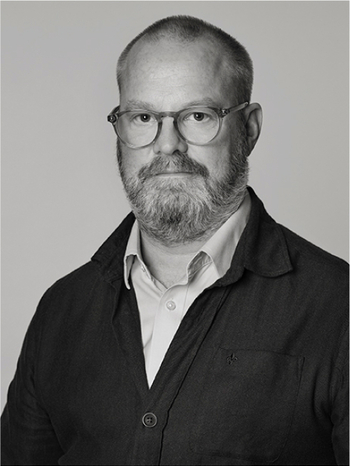Olle Baertling
Olle Baertling, silkscreen in colours, 1952-68, signed 3/300.
"Hommage à Herbin". Sheet size 18.5 x 39 cm.
Not examined out of the frame.
Artist
Olle Bærtling was born in Halmstad in Sweden and is most notable for his painting and sculpture. Bærtling studied like Bengt Lindström in Paris for André Lhote and Fernand Léger. His first exhibition took place in Stockholm in 1949. Bærtling works foremost in a geometric, non-figurative style, approaching his art as a scientist would his research. In 1956 Bærtling discovered his open form, the open trangle with sharp angles which express speed. When in 1956 he positioned the apex of the triangle beyond the boundaries of the frame, the canvas became merely a segment of an event occurring beyond our visual field. The sense of speed is emphasized by the colour, which gives the impression of higher velocities the closer to the triangle’s apex. Black outlines are strong characteristics of Bærtling’s art, while they may seem straight, they actually bend inwards towards the large fields, counteracting their outward pressure. Colour was also essential to Bærtling’s work, whereby it was imperative that they could not be found in nature and were not associated to any form or object. Thus Bærtling only utilised secondary colours: violet, orange, green, and Bærtling-white (a week green-tinted colour). His open form is most evident in the sculptures he made from 1958 onwards. Bærtling consistently delved into the interplay between colors and shapes, remaining unaffected by external artistic trends throughout his life. Today, we can see how artists such as Ann Edholm have been inspired by Bærtling's creations.
Read more






































